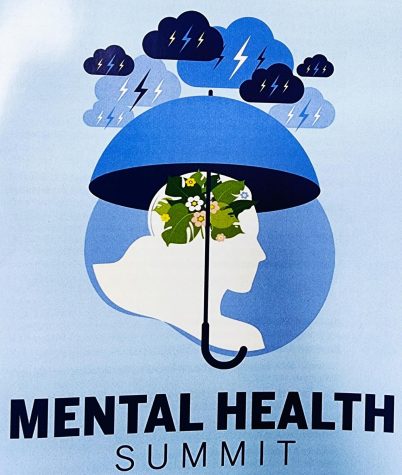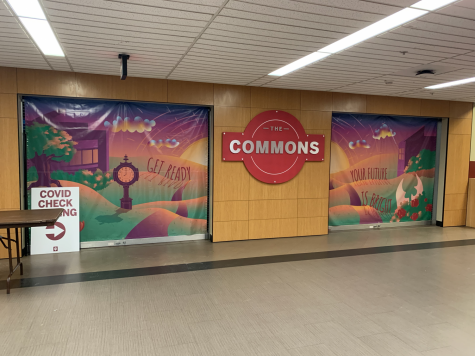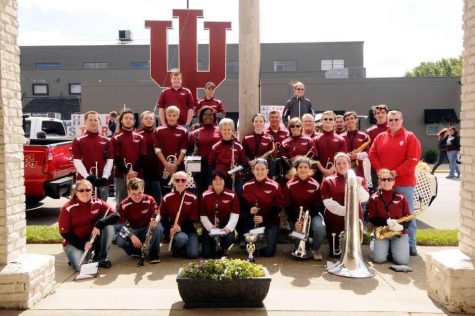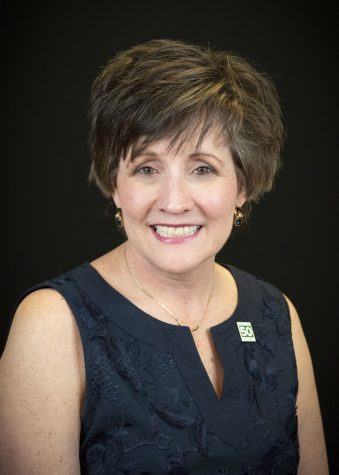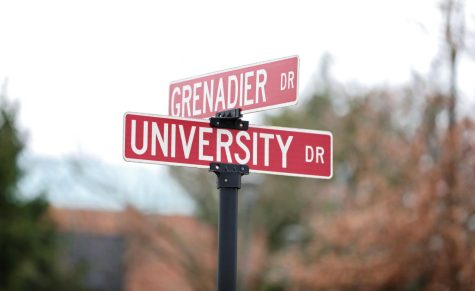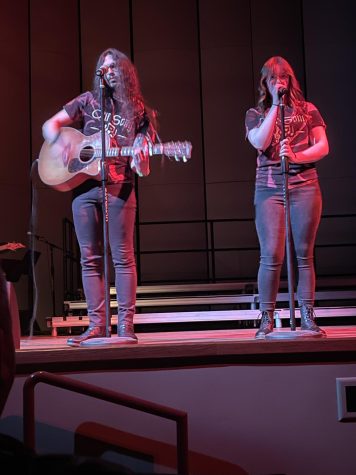Alcohol and Drugs: What Does it Really Look Like in Our Community?
November 1, 2017
With all the talk about alcohol in university dorms and drugs in our community, the answer to what substance use really looks like can be hard to narrow down.
Michael Day, personal counselor at IU Southeast, spoke about what he has seen with the usage of alcohol and drugs on IU Southeast’s campus.
“What I am finding with a lot of people now is that they just accept it as part of their life and they don’t see it as a problem whereas early generations did see it as a problem,” said Day.
Day also spoke on what he had observed when talking with the prosecuting attorney of Harrison County.
“The prosecuting attorney for Harrison County believes it is not just opioids but all drugs are on the increase,” said Day. “He says he’s finding things in middle school and high school he didn’t used to find. He said heroin is being used in high school fairly regularly – not by huge numbers, but it was hardly there before.”
Day also spoke about what they do to help students and how they assess what the student is coming in for help with.
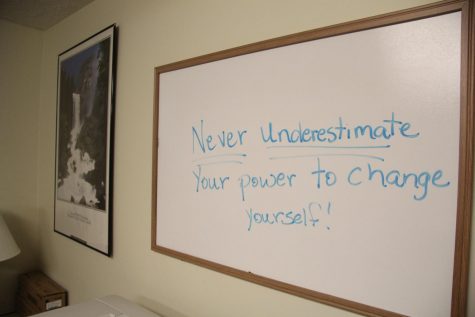
“When people come in they themselves self-identify why [they’re] here, and I think I said one person [listed] drugs as the reason,” said Day. “But that doesn’t mean that only one person is using drugs. I could say we don’t always have hard numbers on even those that admit to it, but I would say probably a good 15-20 percent at some point admit to misusing substances and then there are others that don’t bring it up because… they don’t want to face it or don’t want to deal with it.”
The organization Our Place is a place for anyone with an addiction to seek help and be referred to if they are abusing drugs.
Casey Nesmith, Our Place prevention educator, talked about the usage that they notice in the area. “It’s always alcohol and marijuana, they are always the big ones, at other campuses they usually see things with stimulant and prescription drugs,” said Nesmith. “I haven’t seen that much here.”
Nesmith also talked about the changes that he saw when the lodges were added at IU Southeast.
“There has been an increase [in substance abuse] since they added that. Of course it was expected, I think, by anyone who thought about it.”
Nesmith shared with me that some people are told to seek help while other people can seek help from Our Place.
“A lot of the people that come to us is through referrals; so if they get caught at school, or caught at work, or get pulled over, then they get referred to us,” said Nesmith. “We also take walk-ins, anyone can refer themselves.”
Nesmith said that being referred or people calling to refer themselves doesn’t always mean that they are going to show up.
“You’ve got to want the help and you got to be committed to that or it’s not going to work anyways,” said Nesmith.
Nesmith shared some of the ways that they work with people to help them understand more about drugs and alcohol, by walking through the programs that Our Place offers.
“We have one program that’s called early intervention which is really an education, showing you what it does to your body,” said Nesmith. “The other is called our outpatient. We don’t have any inpatient, so the difference there is outpatient you still go home and go to work.”
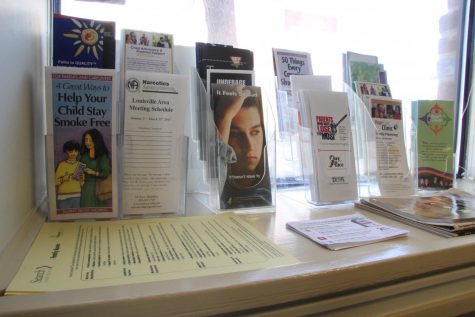
Nesmith also said that Our Place works closely with IU Southeast, not only helping students but also gathering information.
“We work pretty closely with IUS, with student life and with the applied research center – actually they used to do our data for us – and with campus police to put in the prescription drop box in January of this year,” said Nesmith. “We’re on campus, usually, about once a month doing some type of event.”
Nesmith also shared that some drug studies do not translate well to all areas. According to Nesmith, in some areas most overdoses on prescription drugs are happening in an age range of 25 to 40-year-old. This is not the case for our area.
“If you look at E.R. data the most overdoses of any age group is senior citizens, which makes sense a little bit when you think about the number of prescriptions they get,” said Nesmith. “They would be the most at risk. Then you look at heroin, which you know is related to prescriptions, that’s where we see that 26-40 range. That’s the people it’s hitting the hardest. “
Looking at the statistics
The Centers for Disease Control and Prevention (CDC) reports that 10.1 percent of persons aged 12 years and older were using illicit drugs in the past month in 2015 while 2.4 percent of persons aged 12 years or older were using any nonmedical use of a psychotherapeutic drug in the past month. The source of these numbers can be found in this chart.
In a 2016 study NIH reported that marijuana usage in 19 to 22-year-olds was at 7.8 percent, which is up from 5.3 percent in 2006 and 4.0 percent in 1996. The same study also looked at Ritalin which had a 2.4 percent usage in students and Adderall which had a 9.9 percent usage in college students.
The National Institute on Alcohol Abuse and Alcoholism (NIH) reports that, according to a 2015 national survey on drug use, that 88.4 percent of people ages 18 and over claimed that they drank alcohol at some point in their life while 70.1 percent claimed to have drank in the past year, and 56 percent claimed to have drank in the past month.
The NIH, in this document about college drinking, says that 1,825 college students between the ages of 18 to 24 die in motor-vehicle crashes related to alcohol and 696,000 students in the same age range are assaulted by another student who has been drinking, while 97,000 students were sexually assaulted or experienced date rape related to alcohol.
The NIH also reports that 1 in 4 college students had reported consequences from drinking: missing class, falling behind in classes, doing poorly on exams or papers, and receiving lower grades.
If you are a student that feels like you may be suffering from alcohol or drug abuse you can call Our Place at 812-945-3400 or meet with a personal counselors on campus to help you locate resources.




